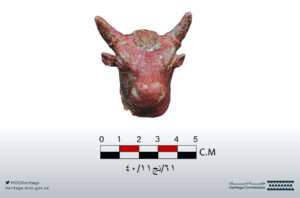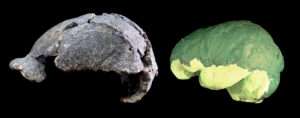Story By: Lisa-Maria Goertz, Sub-Editor: Joseph Golder, Agency: Newsflash
An archaeological study inside a cave in Mexico suggests that humans inhabited North America during the Last Glacial Maximum, up to 15,000 years earlier than previously believed.
The discovery was made in a cave christened Chiquihuite by researchers, in the central-northern Mexican state of Zacatecas.
The findings of the scientific expedition led by Dr Ciprian Ardelean of the Autonomous University of Zacatecas (UAZ) were released this Wednesday in the scientific journal Nature.
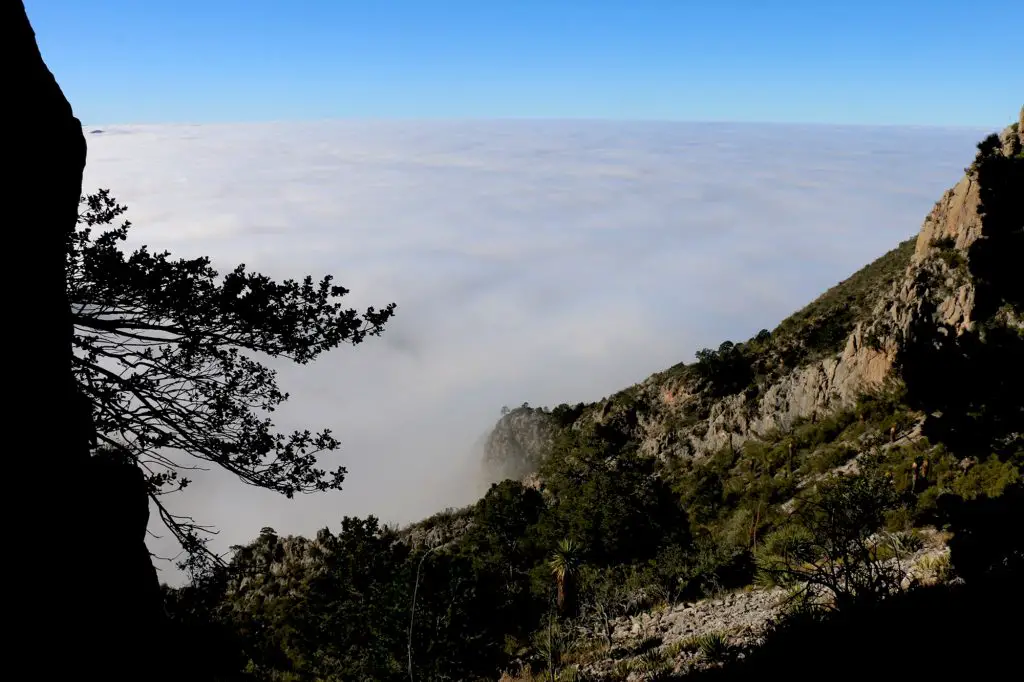
According to the report, inside the cave investigators found never-before-seen lithic tools, as well as animal bone fragments, plant remains and environmental DNA.
The results of laboratory analysis suggest that the cave was occupied by people approximately 30,000 to 13,000 years ago.
According to the study, their findings provide strong evidence that the first human settlements in North America were a lot earlier than what was previously thought and that there was much cultural diversity between the groups that dispersed across the country.
The findings suggest that North America was sparsely populated even possibly before the Last Glacial Maximum (LGM), which occurred between 18,000 to 27,000 years ago; that is to say that there were human groups before the Clovis, long considered the first settlers in America 13,500 years ago.
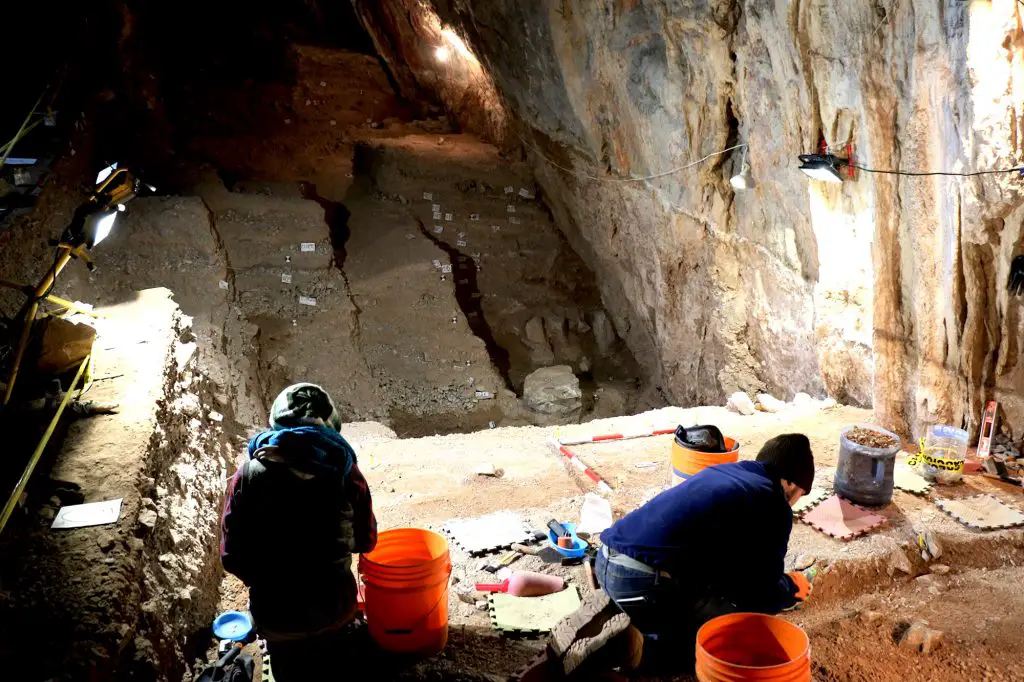
The research recovered around 1,900 stone artefacts belonging to an unknown cultural tradition of stonework, which lasted during the almost 18,000 years of occupation of the site.
Ardelean explains that what is extraordinary about this finding is that it shows that each group made their own routes and faced their surroundings in a different way, developing their own styles.
The archaeologist says he scanned the area for years, walking systematically around the mountains until he found the cave in 2010 located 2,740 metres (8,989 feet) above sea level.
The cave has grayish walls and two interconnected chambers, each more than 50 metres (164 ft) wide, 15 metres (49 ft) high, and a sloping floor filled with stalagmites.
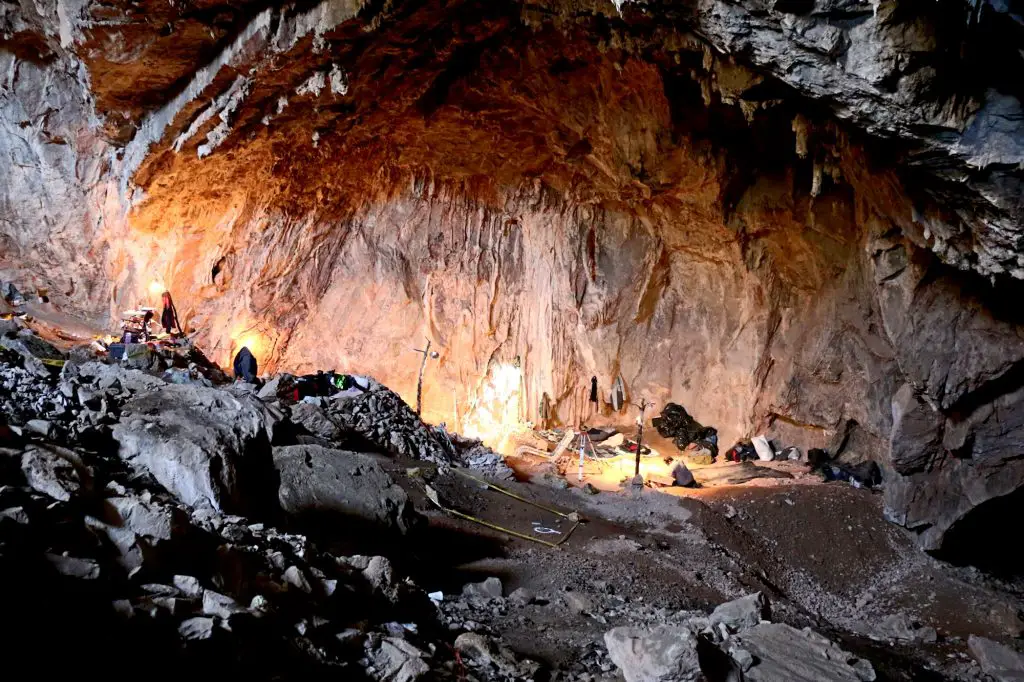
The archaeological dig began in 2016 and according to the study, researchers found artefacts in many different layers.
Inside the cave, the temperature stays at 12 degrees, regardless of the season or weather outside, which is why Ardelean says he assumes it served as a refuge during the winter for the hunter-gatherers to protect themselves from the low temperatures recorded before the Last Glacial Maximum.
Among the fauna, bat DNA was identified in all layers, as well as that of rodents, marmots, goats, sheep, and in a lesser proportion, birds: sparrow and hawk.
Microfauna was also extracted from bone fragments and some remains corresponded to larger animals such as black bear, condor and otter.
The work is part of an Archaeological Project of the Hunters of the Pleistocene era which has currently identified more than 30 hunter-gatherer sites in the area.
The ViralTab page is created by and dedicated to professional, independent freelance journalists. It is a place for us to showcase our work. When our news is sold to our media partners, we will include the link here.

